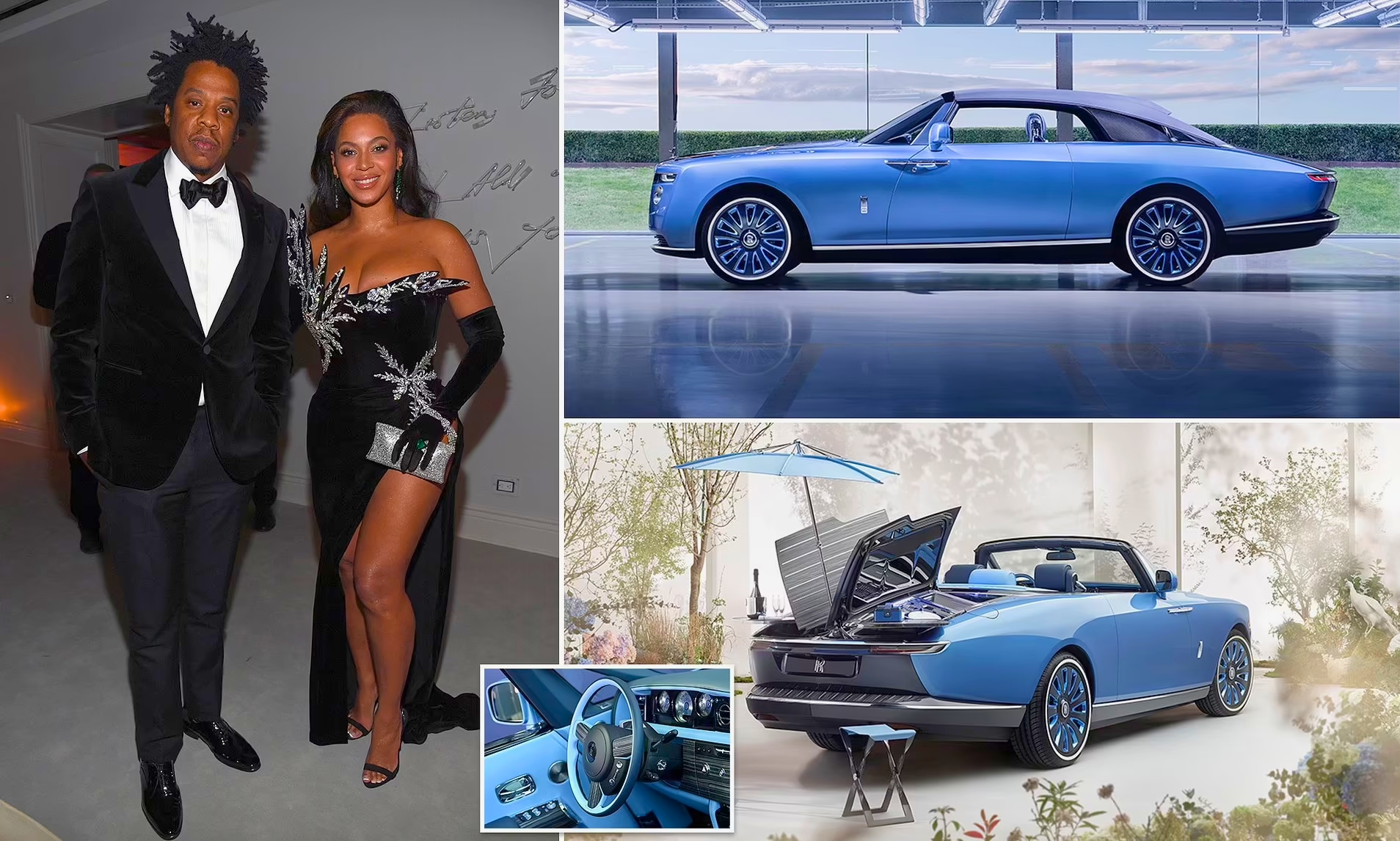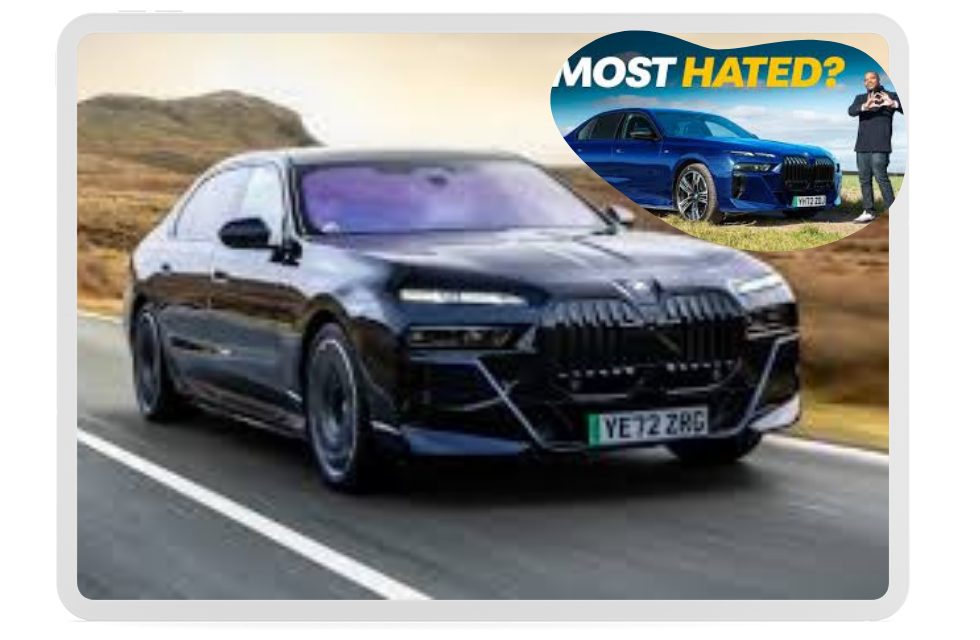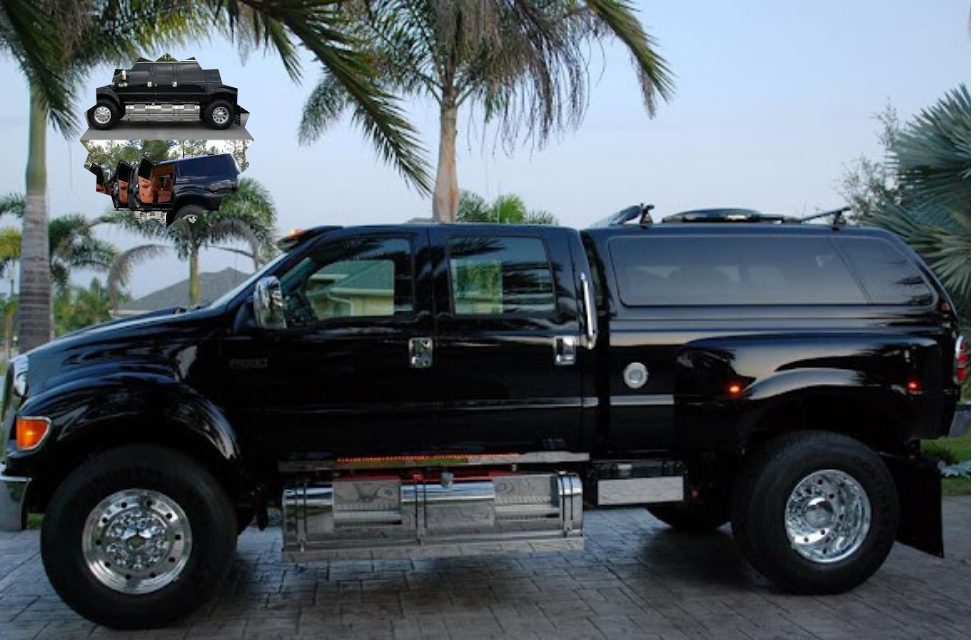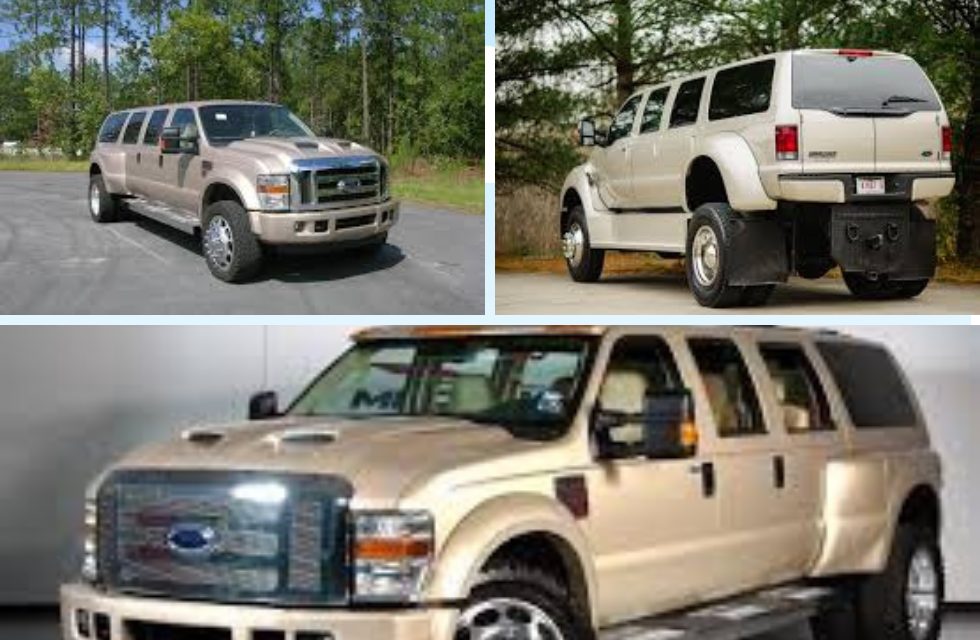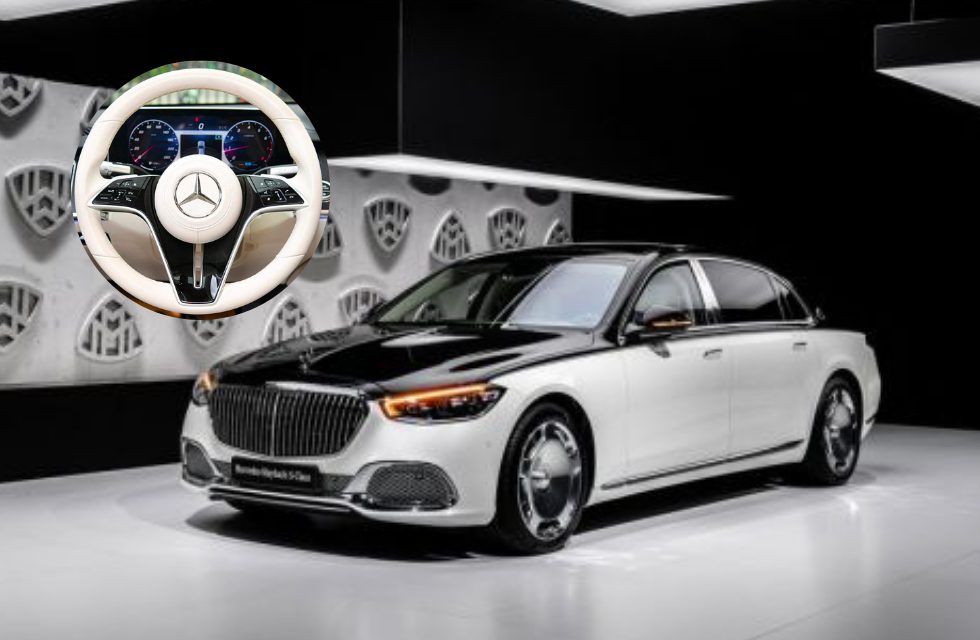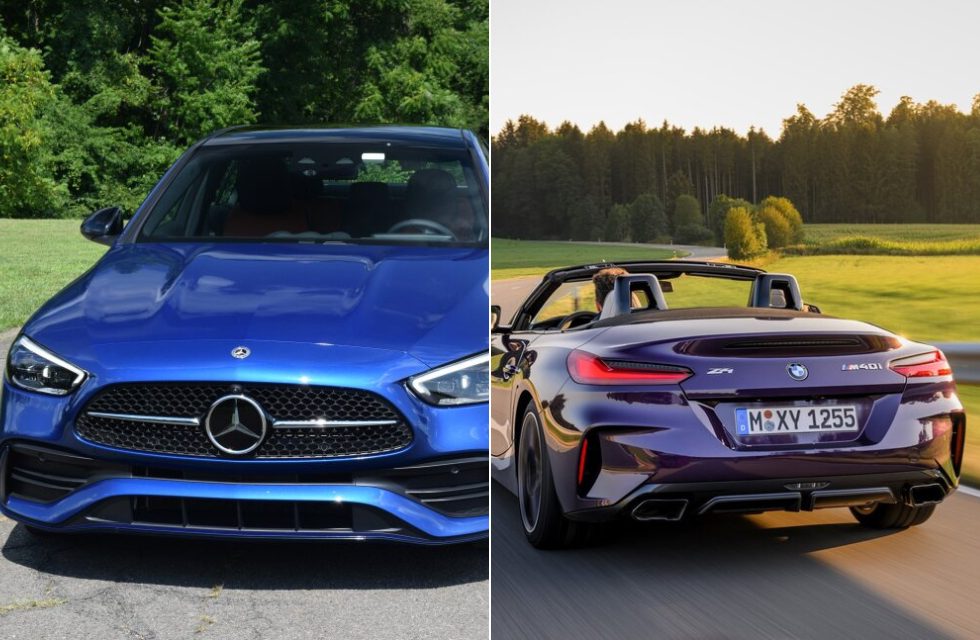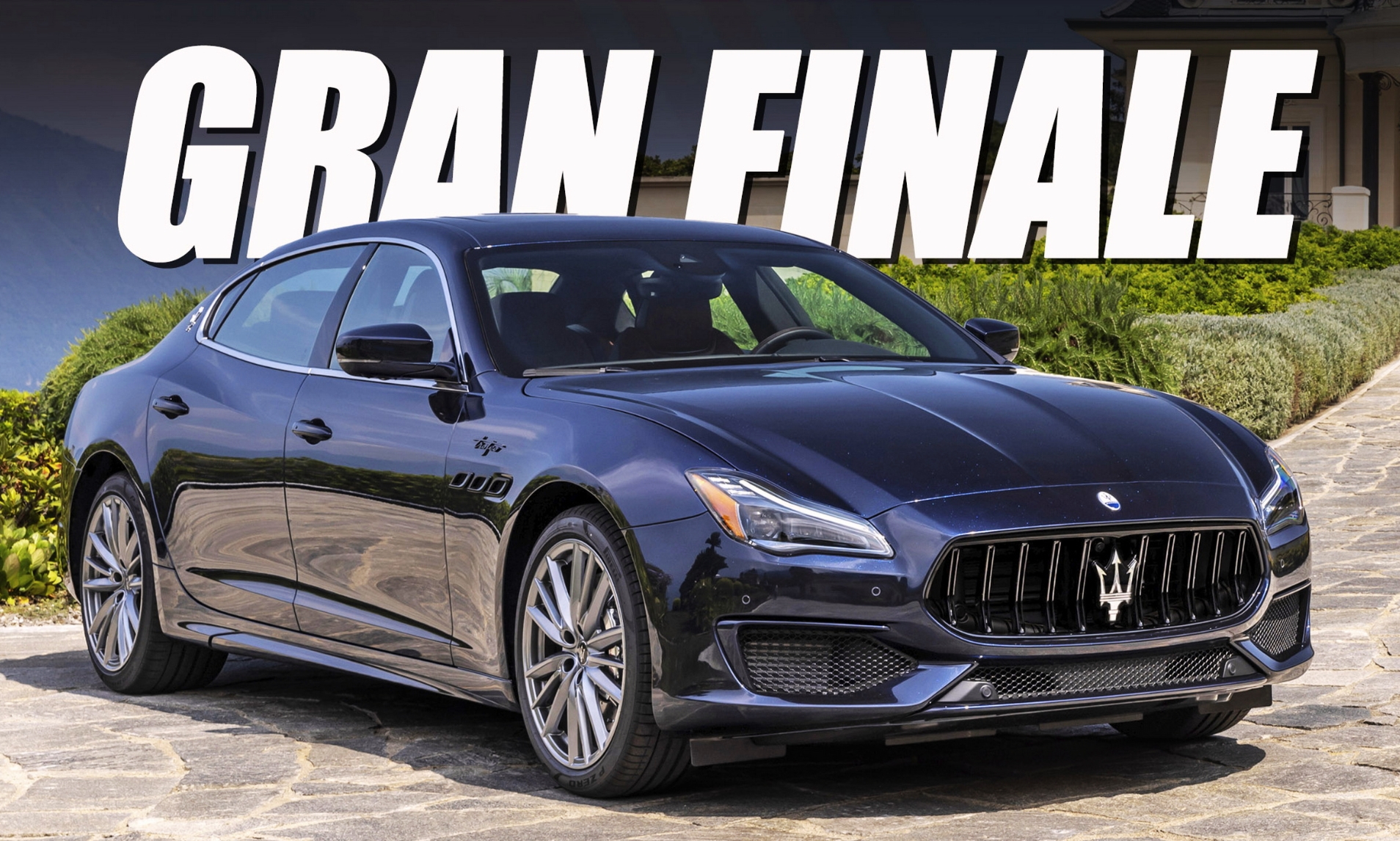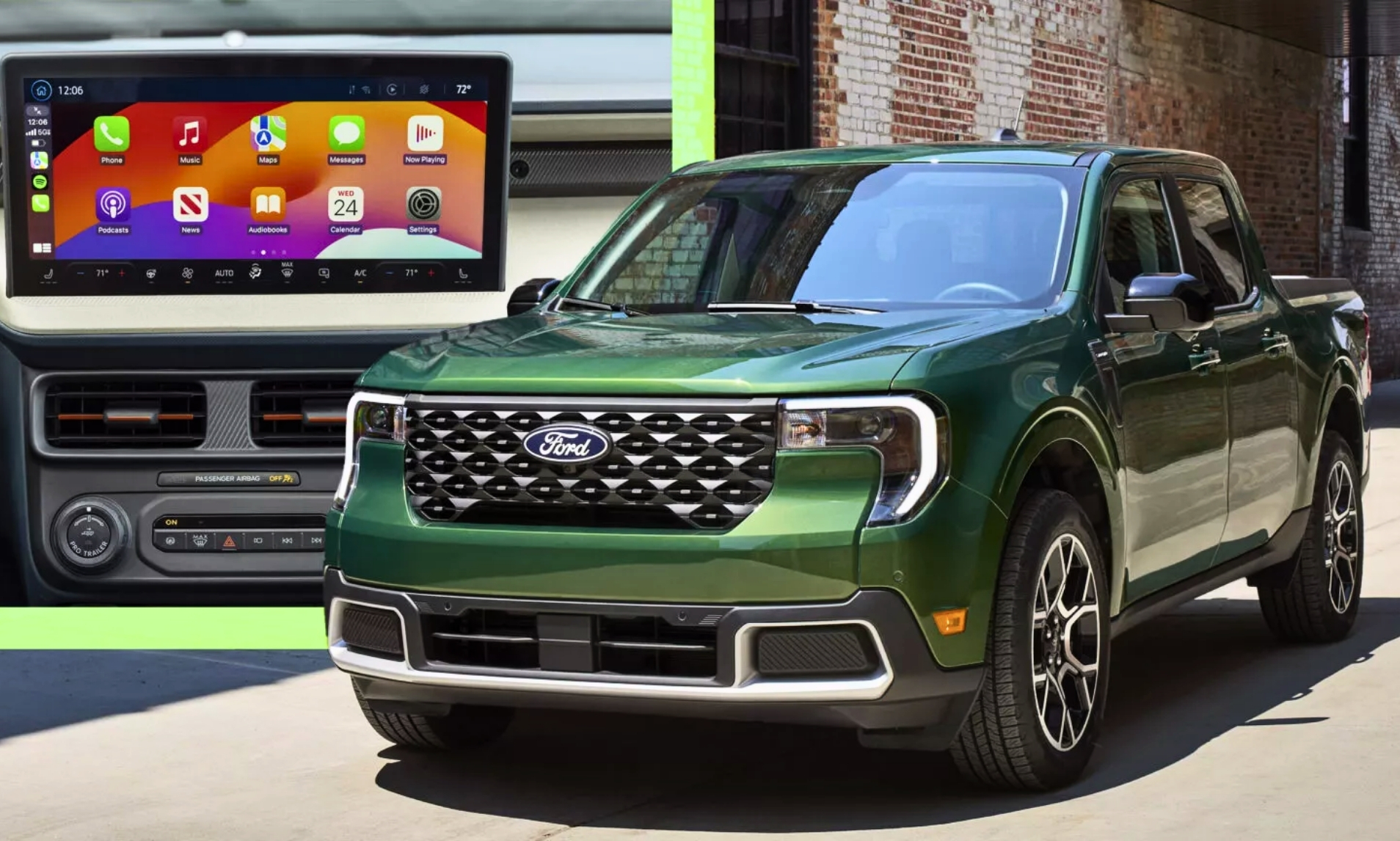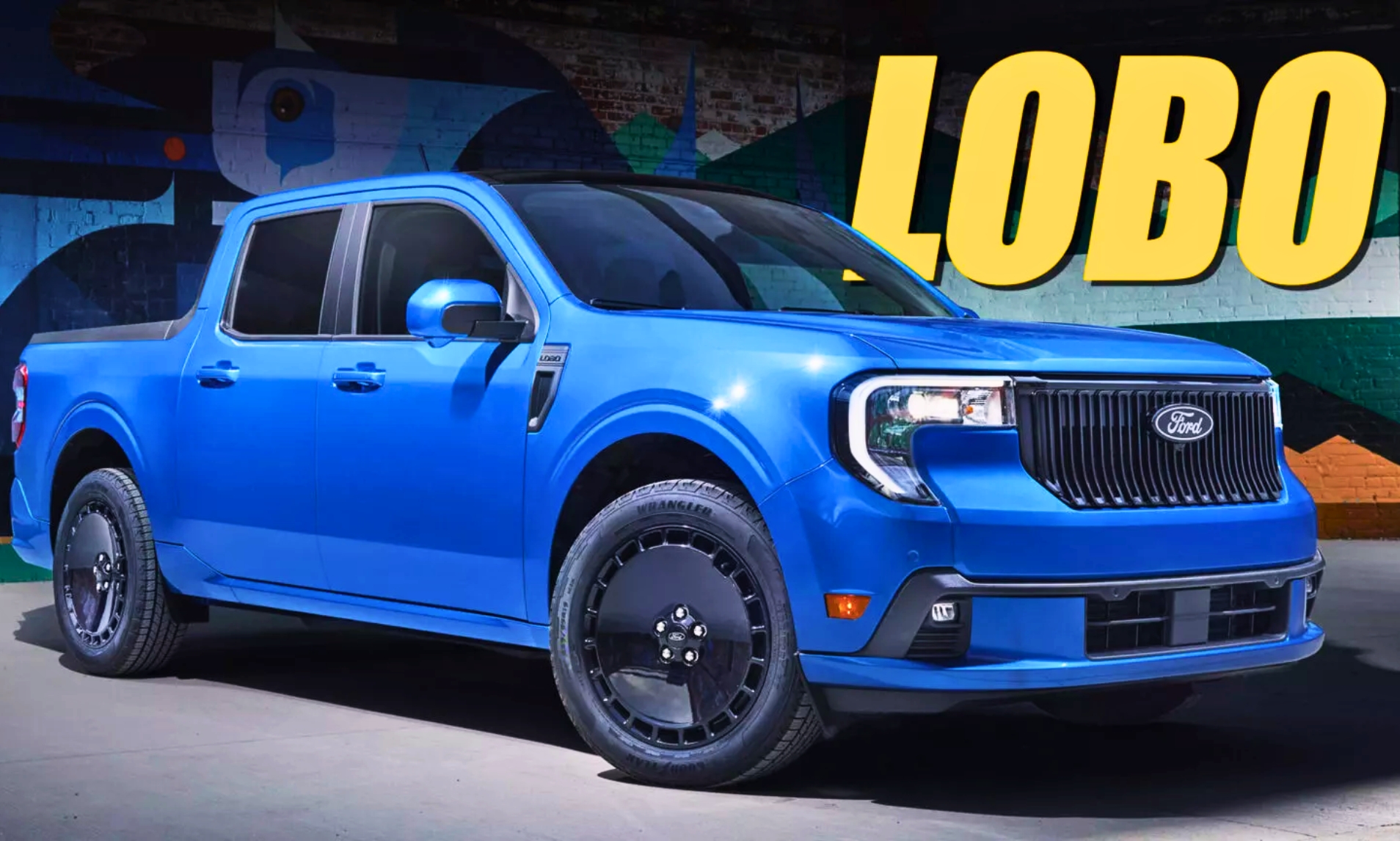With a spacious cabin and up to 305 miles of range, the crossover EV is a great Telluride alternative.
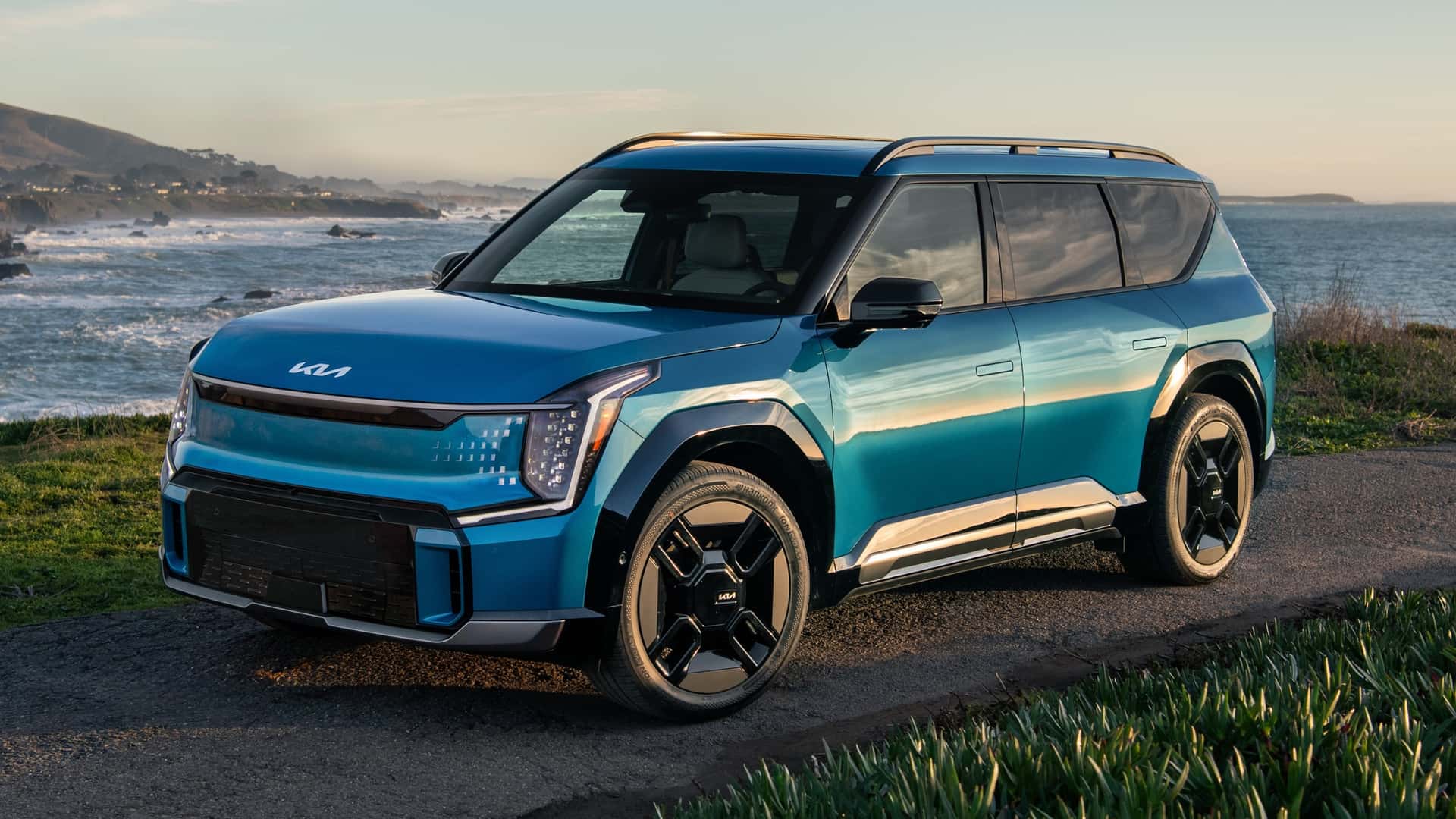
Kia does two things very well right now: three-row crossovers and electric vehicles. The popular Telluride has helped drive the automaker’s highest-ever average transaction prices and residual values, while the EV6 has an impressive range and one of the industry’s best DC charging rates.
Blend those two philosophies – three-row space and a future-proof 800-volt EV platform – and you get the 2024 Kia EV9. Based on the same Electric Global Modular Platform (E-GMP) as the EV6, Hyundai Ioniq 5, and Genesis GV60, the EV9 largely plays to its siblings’ electrified strengths while adding a few tricks of its own, wrapped up in sheet metal that looks like it belongs in Blade Runner or Ghost In The Shell. No need to bury the lede here: The Kia EV9 is a great electric crossover.
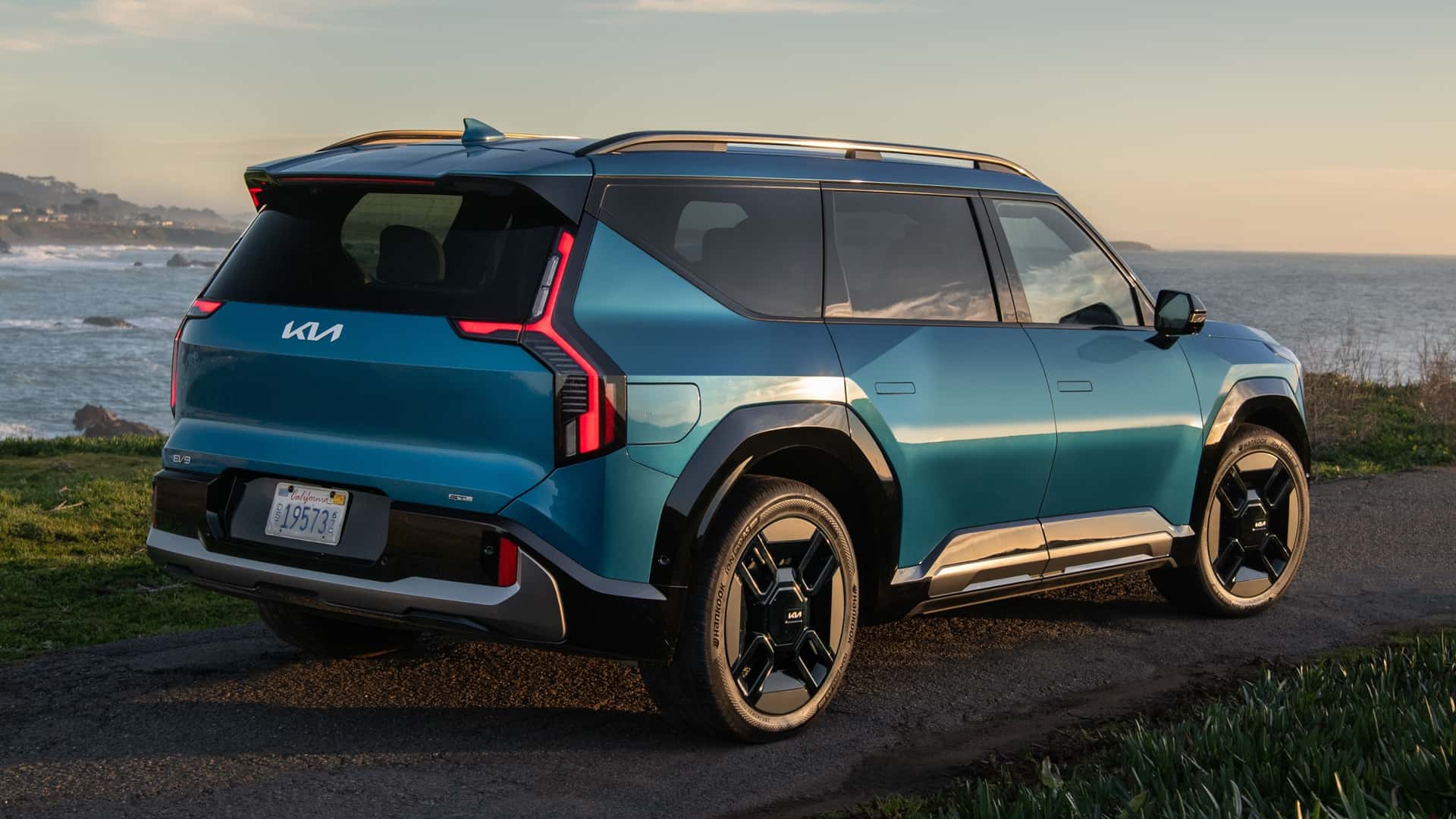
The EV9 is a large vehicle, measuring 197.2 inches from bumper to bumper and 122.0 inches between the front and rear wheels. That’s bigger than the Telluride by 0.3 and 7.8 inches, respectively. And with the 99.8-kilowatt-hour battery found in the long-range rear-drive model and all dual-motor models, the Kia is pretty heavy as well – the loaded GT-Line I drove was 5,800 pounds.
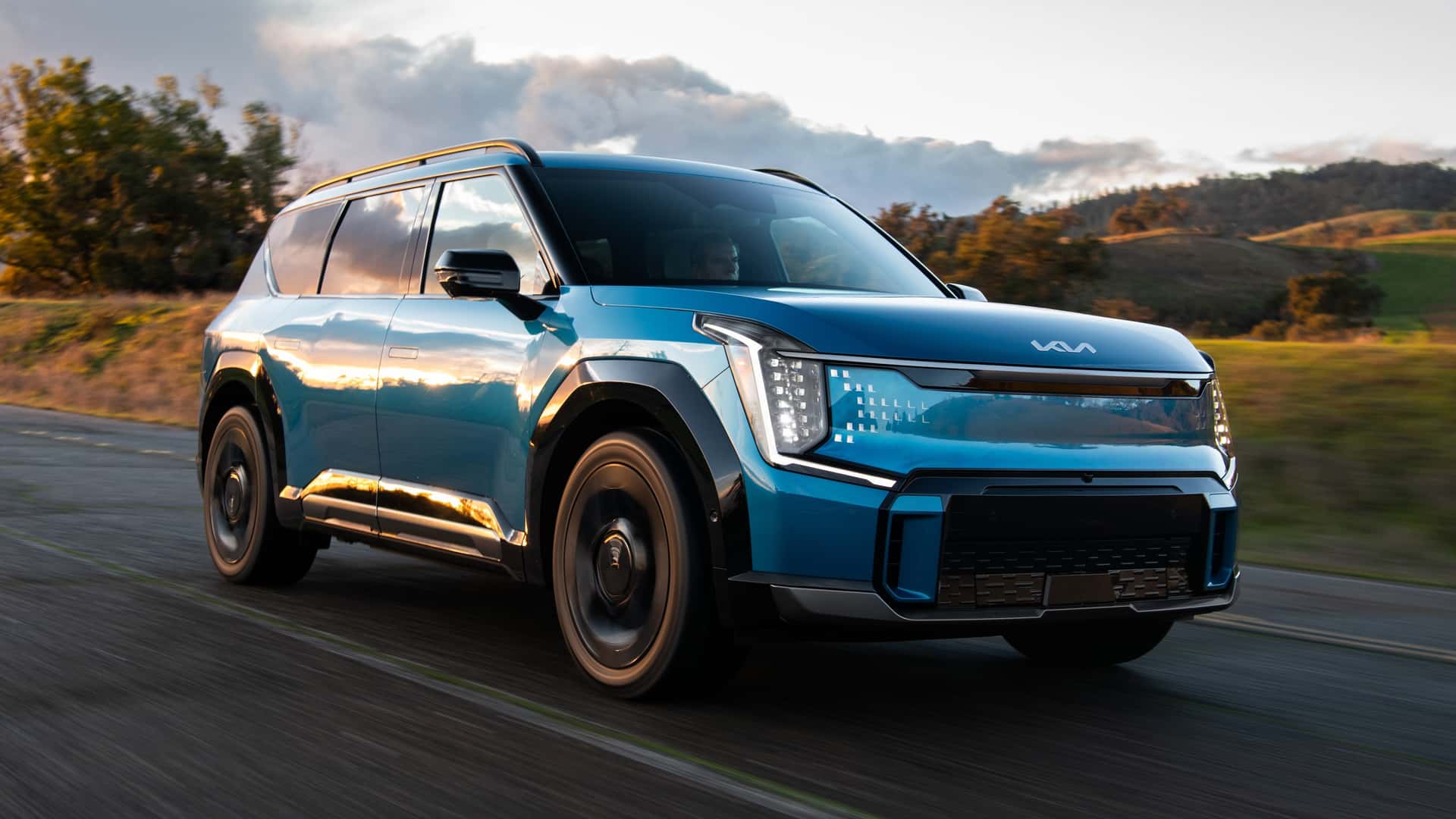
Unfortunately, the big SUV feels underdamped and oversprung, a combination that means large undulations turn your passengers into bobbleheads and small imperfections yield a chattery ride. The flagship trim’s standard 21-inch wheels probably add to the problem, though it might be worth it for their weird Lego-peg design. At least the EV9 feels does its best to minimize the drama from those imperfections, hitting bumps with a whoomp instead of a crash. Speaking of sounds, there isn’t much to speak of in the EV9. The rearmost passengers may encounter some tire roar at high speeds, but otherwise, wind and road noise are limited.
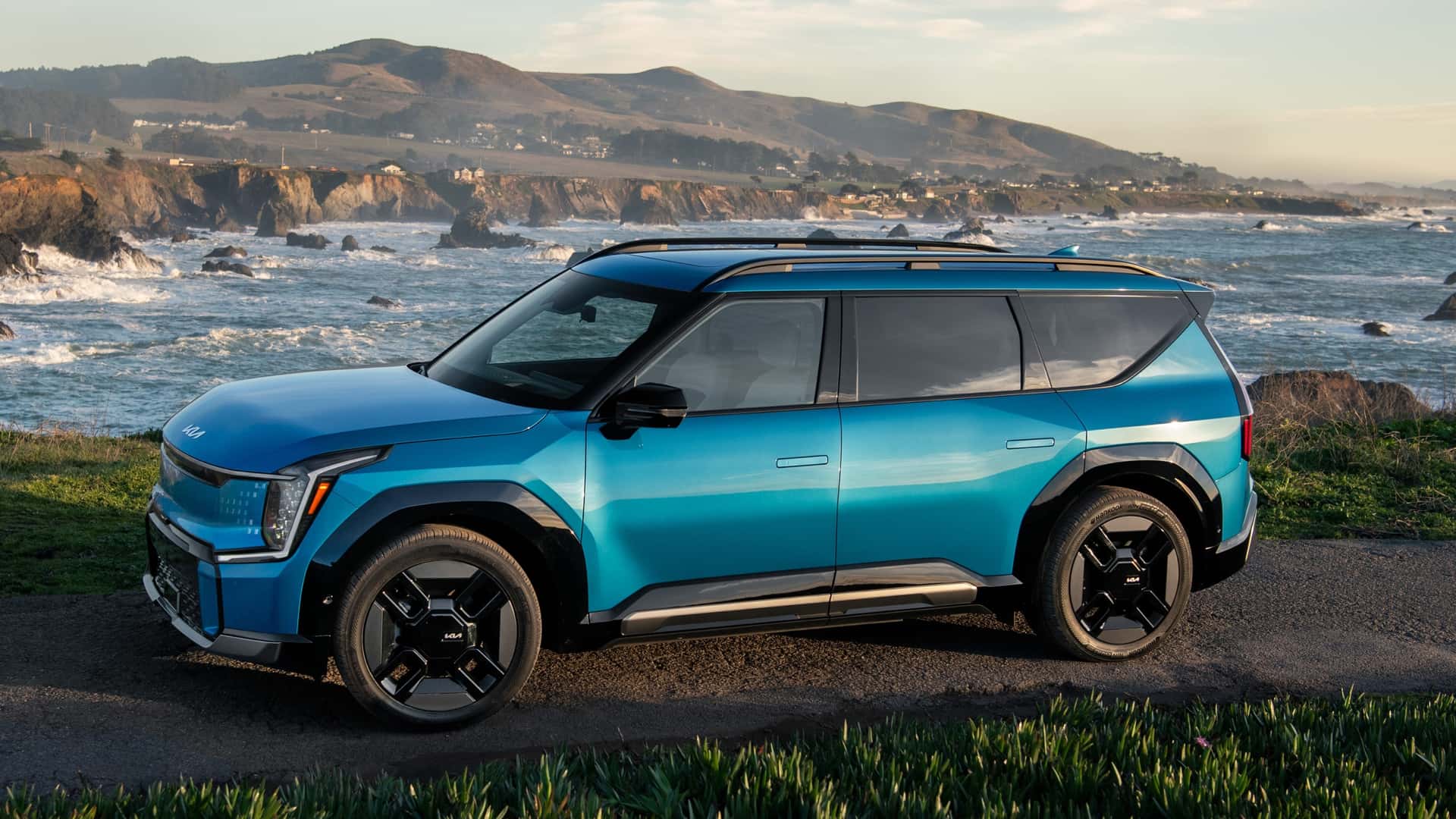
The bad news begins and ends with those ride quality complaints. By pretty much every other dynamic measure, it’s a great machine. I was only able to drive the GT-Line during my time with the big Kia, which meant I had 379 horsepower and 516 pound-feet of torque to play with courtesy of a standard “Boost” package. Lesser dual-motor trims will offer Boost as an option, and without it, they make the same power but 73 fewer pound-feet. Meanwhile, the single-motor, short-range EV9 gets 215 hp and 258 lb-ft, while the long-range variant gets 201 hp and 258 lb-ft.
The EV9 GT-Line doles out power smoothly in Eco and Normal modes, with a well-tuned throttle that should feel approachable for electric newbies. But toggling over to Sport turned my right foot into an acceleration on-off switch, especially when I had the regenerative braking set to its most aggressive I-Pedal one-pedal drive. Hoofing over winding roads was more fun (and efficient) than expected, with the regen making trail braking simple and plenty of grunt on corner exit. The suspension also takes a set rather nicely when driven in this manner – can’t say that about too many three-row
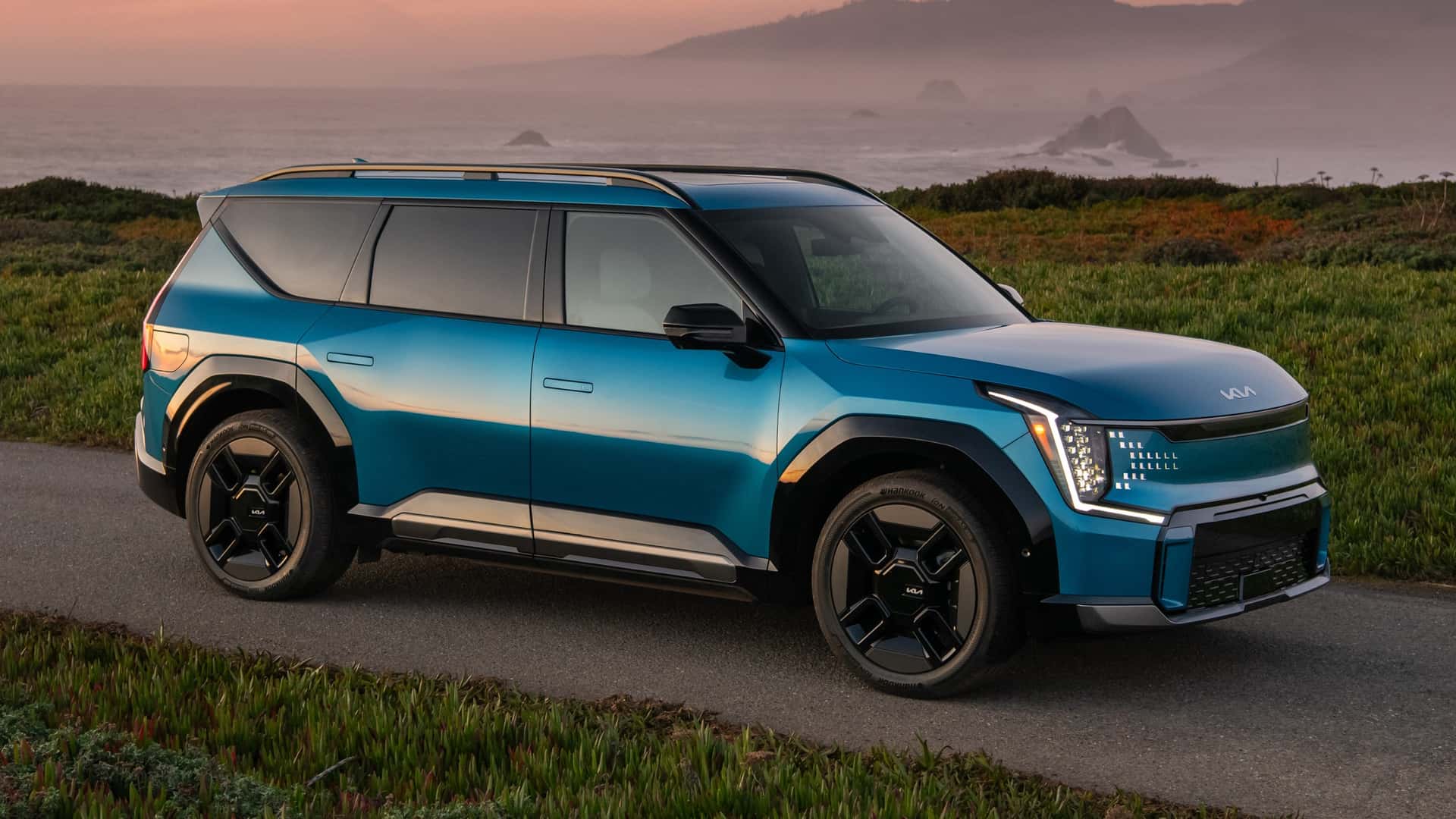
Among its dynamic talents, the EV9 also cuts a mean first impression. Much of its appeal comes from its bold rolling stock, whether you get the four-squares on the GT-Line, the Tron-chic pyramids on the middle-tier Land, or the slicing pinwheels on the Wind and Light trims. Glowering headlights and a tall, bluff hood greet you as you approach. And when you go for the Land or the GT-Line, you also get slick pixelated lighting accents across the front end, adding a little visual interest and breaking up the massive grille-less face.
Edgy wheel arch extensions and an upkicked beltline toward the rear look like they’re ripped from a Super Nintendo video game, and the T-shaped taillights that extend up the D-pillar further the cyberpunk resemblance. This futuristic-meets-retcon trend might get old soon, but for now, I love it.
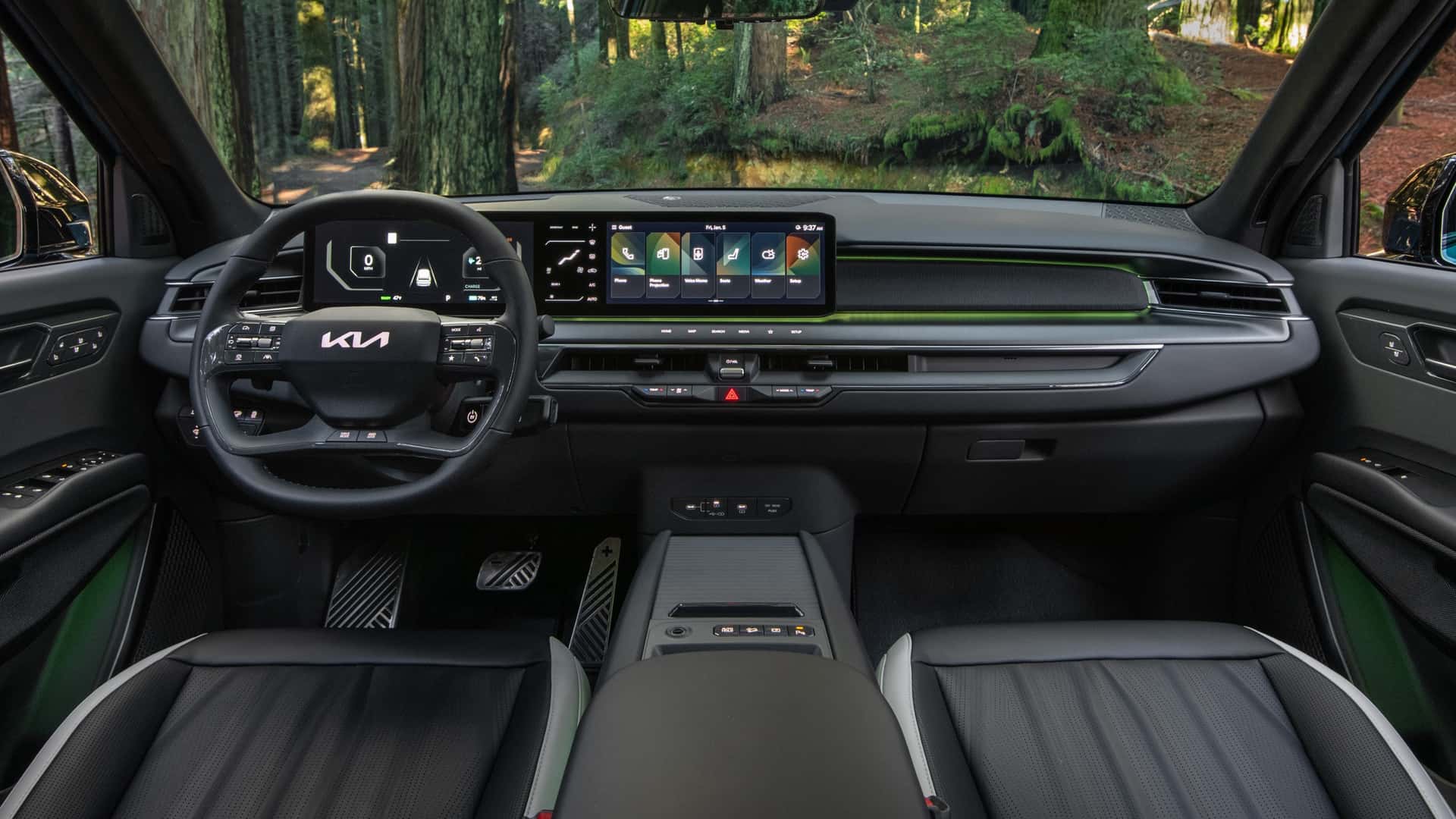
Inside, the EV9 is far more conventional-looking – in a good way. A wide, low dash and flat floor give front-seat passengers great visibility and loads of manspreading space, and the large center console has two-tier storage and is open to the floor ahead of the dash for a bit more wiggle room. The seats are cushy and supportive, and the mesh-fabric headrests are just about perfect. Materials are also pretty nice, with synthetic leather upholstery and lots of matte-finished plastics dressing up the airy styling nicely.
The Land and GT-Line get standard second-row bucket seats that are almost as comfortable as the front, and they adjust for tilt to counteract the lack of thigh support that many pancake-battery EVs have in the rear seats. Heating, ventilation, and power-operated leg rests improve comfort further, spoiling the kids with first-class accommodations. The center console up front has a deep, useful cubby facing the rear-seaters, with cupholders and door pockets that’ll keep road-trip essentials close at hand.
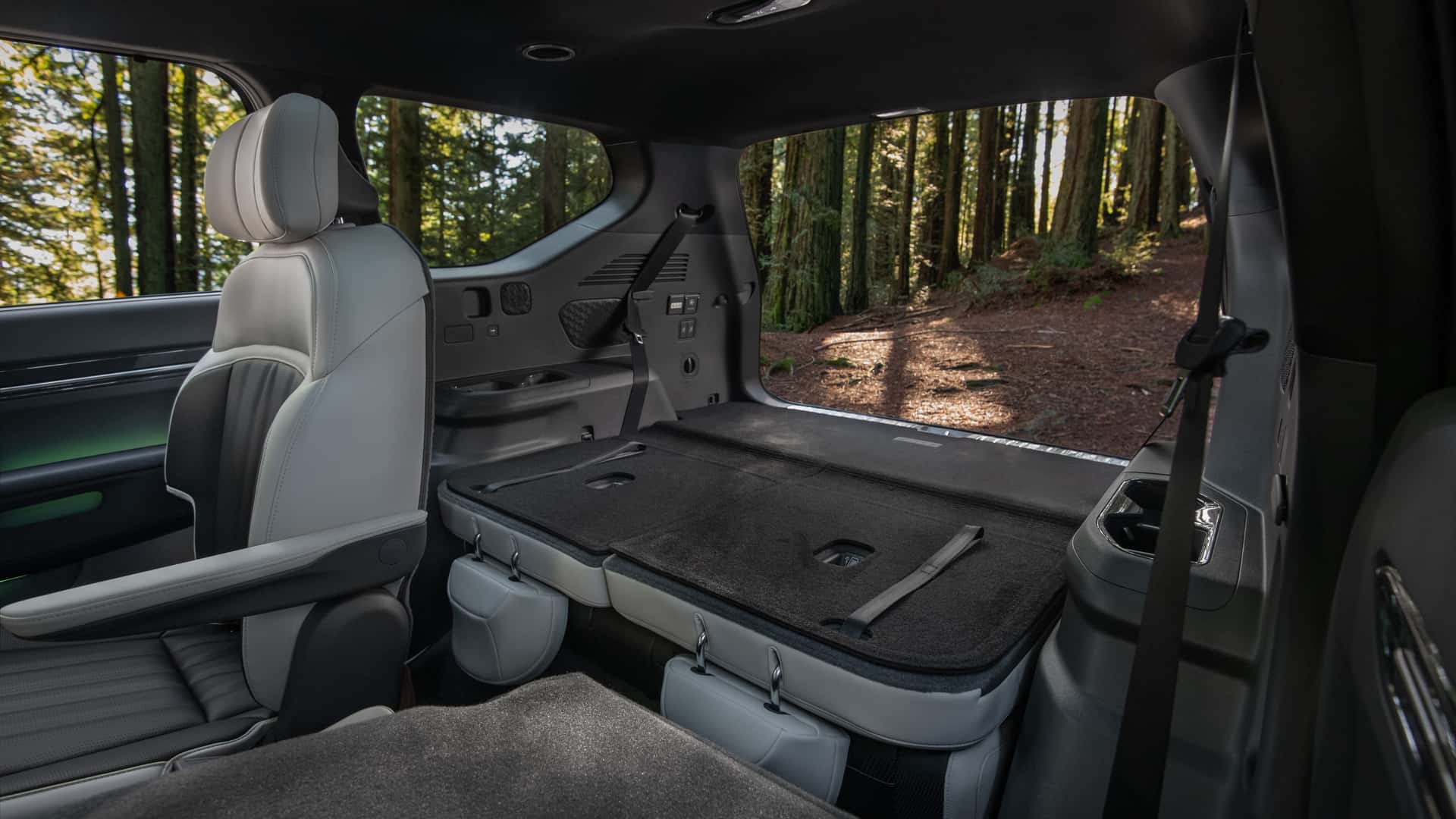
And while the two-position third row isn’t as commodious, it’s certainly not bad either. I had enough knee and headroom for an hour-long jaunt, and the EV9 includes two USB-C chargers back there. With all seats in place, there’s an impressive 20.2 cubic feet of cargo space, rising to 43.5 behind the second row and 81.7 behind the first row. The gas-powered Telluride has more passenger and cargo room – as well as seating for up to eight, not seven – but the difference is pretty slim. Rear-drive EV9s also get a 3.2-cubic-foot storage area under the hood, though the dual-motor version cuts that down to 1.8, just enough for a charging cable and not much else.

